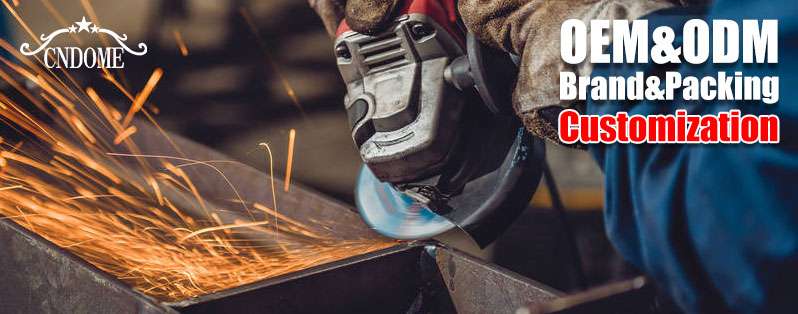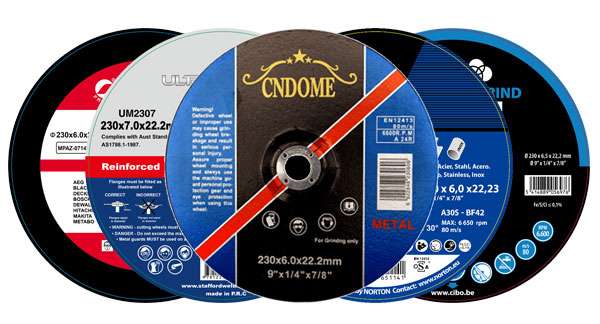Grinding wheels are ubiquitous in industrial settings, serving as essential tools for shaping, finishing, and polishing various materials. Amidst the array of technical specifications associated with grinding wheels, the IMPA (International Maritime Purchasing Association) code stands out as a standardized system for identifying and categorizing these vital components. In this article, we delve into the intricacies of the Grinding Wheel IMPA Code, shedding light on its significance and decoding its components.
Understanding the IMPA Code:
The IMPA code is a numerical classification system developed by the International Maritime Purchasing Association to facilitate efficient procurement processes within the maritime industry. It encompasses a wide range of products and equipment, including grinding wheels, which are crucial for maintenance and repair activities aboard ships and marine vessels.
Deciphering the Components:
The Grinding Wheel IMPA Code typically consists of six digits, each representing specific characteristics of the grinding wheel. Let’s break down these components:
1. Type of Abrasive:
The first digit of the IMPA code signifies the type of abrasive material used in the grinding wheel. Common abrasive materials include:
- 1: Aluminum Oxide
- 2: Silicon Carbide
- 3: Diamond
- 4: Cubic Boron Nitride (CBN)
Understanding the type of abrasive is crucial as it directly influences the grinding wheel’s suitability for different materials and applications.
2. Grit Size:
The second and third digits denote the grit size of the abrasive particles embedded in the grinding wheel. Grit size indicates the coarseness or fineness of the abrasive, impacting the surface finish and material removal rate. Lower grit numbers represent coarser abrasives suitable for rapid material removal, while higher grit numbers denote finer abrasives for precision grinding.
3. Hardness Grade:
The fourth digit of the IMPA code indicates the hardness grade of the grinding wheel. This grade reflects the wheel’s resilience and ability to withstand mechanical and thermal stresses during operation. Common hardness grades range from 1 (soft) to 9 (hard), with each grade tailored to specific machining requirements and material types.
4. Bond Type:
The fifth digit represents the bond type, which binds the abrasive grains together within the grinding wheel. Bonding materials include:
- 1: Vitrified (ceramic)
- 2: Resinoid (organic)
- 3: Rubber
- 4: Metal
Each bond type offers unique properties in terms of hardness, porosity, and thermal conductivity, influencing the grinding wheel’s performance and suitability for different applications.
5. Wheel Shape:
The sixth and final digit specifies the shape of the grinding wheel, such as flat, cup, dish, or cylindrical. Wheel shape directly impacts the wheel’s compatibility with specific grinding tasks and machine configurations, ensuring optimal performance and safety.
Benefits of the IMPA Code:
The Grinding Wheel IMPA Code serves as a valuable tool for maritime procurement professionals, offering a standardized framework for identifying and selecting grinding wheels tailored to their specific requirements. By understanding the IMPA code’s components, purchasers can make informed decisions, ensuring the procurement of grinding wheels optimized for efficiency, durability, and safety.
Conclusion:
In the realm of industrial maintenance and repair, grinding wheels play a pivotal role in shaping, refining, and repairing various materials. The Grinding Wheel IMPA Code provides a systematic approach to categorizing these indispensable tools, enabling efficient procurement and ensuring compatibility with diverse applications. By unraveling the intricacies of the IMPA code, professionals can navigate the world of grinding wheels with confidence, selecting the most suitable options to meet their operational needs aboard ships and marine vessels.



